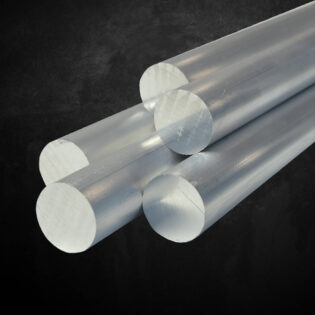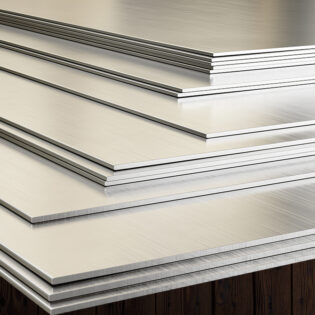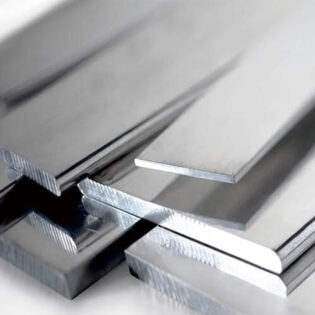| Product Name | Length | Width | Thickness | Alloy |
|---|---|---|---|---|
| Aluminium Sheet | ≥ 1000mm | ≥ 2000mm | ≤ 6mm | 2014 |
| Series | Alloying Element | Effect |
|---|---|---|
| 2XXX | Copper Alloy | Copper increases the strength and hardness of aluminum. However, it reduces corrosion resistance. These alloys are commonly used in aerospace applications. |
Only for Information*
More
Aluminium Alloy 2014 stands as a notable member of the aluminium alloy family, cherished for its impressive strength, machinability, and versatility across a range of applications. Recognized by different names in various international standards, this alloy showcases its exceptional attributes through its composition and performance.
Aluminium Alloy 2014 Composition and Properties:
Aluminium Alloy 2014 is primarily composed of aluminium, copper, and a minor addition of manganese. Its balanced combination of these elements contributes to its robust mechanical properties and suitability for specific tasks. The alloy can be strengthened through heat treatment processes, enhancing its tensile strength, toughness, and overall durability.
With a tensile strength that can reach around 379 MPa to 434 MPa (55,000 psi to 63,000 psi) in the T4 temper, Aluminium Alloy 2014 is widely recognized for its impressive load-bearing capabilities. This makes it a sought-after material for applications where structural integrity and resilience are paramount. Its excellent machinability further adds to its allure, enabling precision shaping and intricate manufacturing processes.
Different Names in Different Standards:
- Aluminium Alloy 2014 (International Naming):
Internationally, Aluminium Alloy 2014 is referred to by its elemental composition. This standardized nomenclature ensures that the alloy’s attributes are universally recognized. It showcases the global nature of the material, emphasizing its applications beyond geographical boundaries.
- Aluminum Alloy 2014 (American English):
In the United States, the American Society for Testing and Materials (ASTM) designates this alloy as “Aluminum Alloy 2014.” The ASTM standards provide a common language for engineers, manufacturers, and researchers to communicate effectively about materials and their properties. Aluminium Alloy 2014, as denoted by the ASTM, maintains its exceptional characteristics for industries to harness.
- Aluminium Alloy 2014 (British English):
Similarly, the British Standards Institution (BSI) employs the term “Aluminium Alloy 2014” to signify this notable alloy. This name underscores the significance of Aluminium Alloy 2014 across diverse sectors, reinforcing its presence in British industries that value its attributes.
- AlCu4SiMg (European Standard):
In the European system, Aluminium Alloy 2014 is designated as AlCu4SiMg, highlighting its composition of aluminium (Al), copper (Cu), silicon (Si), and magnesium (Mg). This name showcases the alloy’s alloying elements, emphasizing its tailored properties for specific applications.
- Al-2014 (Chinese Standard):
In the Chinese standard, Aluminium Alloy 2014 is referred to as Al-2014. This simplified yet effective designation allows for easy recognition and classification within the Chinese manufacturing and engineering landscape.
Applications and Industries:
Aluminium Alloy 2014’s versatility shines through its utilization across a spectrum of industries. Its impressive strength-to-weight ratio makes it ideal for aerospace components, where structural integrity is vital. The alloy’s machinability finds applications in precision-engineered parts for machinery, creating intricate shapes for enhanced performance. In the sporting goods sector, Aluminium Alloy 2014 contributes to the construction of durable equipment, emphasizing its reliability under challenging conditions.
In conclusion, Aluminium Alloy 2014, known by different names in various international standards, epitomizes the global nature of materials engineering. Its composition, mechanical properties, and versatile applications have solidified its place in industries spanning aerospace, manufacturing, and sports equipment. This alloy, celebrated for its strength and machinability, underscores the harmonious collaboration between human ingenuity and the remarkable properties of metals.
Only for Information*





